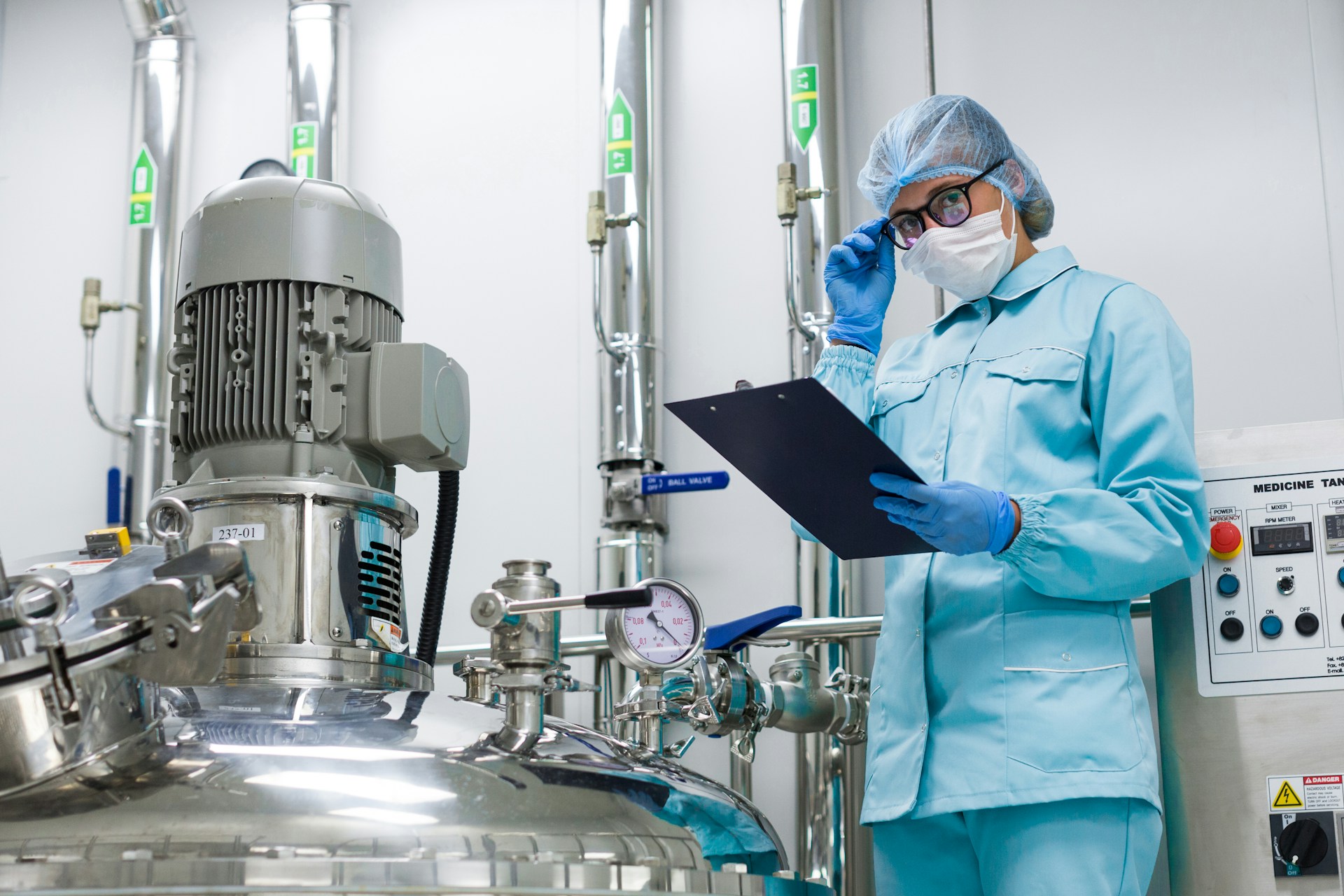
Chemical storage tanks play a crucial role in ensuring the safe holding and transportation of various substances. Keeping these tanks clean isn’t just a matter of aesthetics but also a fundamental aspect of maintaining their functionality and safety. Over time, chemical residues can build up inside the tanks, which can lead to a host of problems including contamination, corrosion, and even dangerous chemical reactions. Regular cleaning is essential to prevent these issues, ensuring that tanks run smoothly and safely.
Stubborn residues often pose a significant challenge during cleaning, requiring special attention and techniques to remove them effectively. These residues might not easily come off with standard cleaning methods, thereby presenting risks to both the tank structure and its contents. Utilizing professional tank cleaning services becomes critical in these circumstances. It’s not just about getting the surface clean but ensuring that the residue is thoroughly removed in a way that preserves the tank’s integrity.
Common Types of Stubborn Residue
Chemical storage tanks often encounter a variety of stubborn residues. These can be from the substances stored within them or from chemical reactions occurring inside the tanks. Common residues include:
– Acidic Residue: These can cause corrosion and pitting on metal tank surfaces.
– Organic Residue: Often resulting from organic compounds breaking down, these can create sticky layers.
– Inorganic Residue: Minerals or salts that precipitate out of solutions can form hard, crusty layers.
Each type of residue impacts the tank materials differently, potentially compromising its structural integrity. For instance, acidic residues can eat away at metal tanks, leading to leaks or structural failures. Organic residues might not cause immediate harm but can affect the cleanliness and hygiene of the contents. Inorganic residues tend to be more challenging to remove due to their hard nature, often requiring mechanical or chemical methods to fully eliminate them.
The challenges extend beyond just removal. It’s crucial to address how these residues bond to surfaces without causing damage. Different cleaning strategies may be needed depending on the type and severity of the build-up. Cleaning teams must assess the tank’s condition and the nature of the residues before deciding on the most effective approach, ensuring thorough and safe removal while keeping the tank ready for its next use.
Effective Cleaning Techniques
When dealing with stubborn residues, choosing the right cleaning method is key. Many times, chemical cleaning methods work best for residue types like acidic or organic ones. These involve using specific solvents or acids designed to dissolve or break down these layers without harming the tank. It’s a bit like picking the right tool from a toolbox to get the job done efficiently.
On the other hand, physical cleaning can handle tough, crusty residues like inorganic minerals. This method might involve high-pressure washing or abrasive tools. While effective, these techniques require careful handling to prevent damage to the tank surfaces. Sometimes, combining both chemical and physical approaches yields the best results, especially for particularly stubborn stains.
Safety Precautions During Cleaning
Safety should always be a priority when cleaning chemical storage tanks. Handling residues demands caution, as the chemicals involved might be hazardous. Workers must wear protective gear such as gloves, goggles, and masks to shield against splashes and fumes.
Disposing of cleaning waste correctly is also crucial. This ensures harmful substances don’t affect the environment or the workers. Procedures should be in place to manage waste, keeping everything above board and safe for all concerned.
Benefits of Professional Tank Cleaning Services
There’s real value in turning to professionals for tank cleaning. They have both the gear and the know-how to handle even the toughest cleaning tasks. With experts at the helm, tanks get a thorough clean, ensuring no residue remains. This also means saving time and reducing the risks of damage or accidents, which often occur when handling such tasks without the proper expertise.
Professionals are trained to spot issues that might not be obvious upfront. Their keen eyes can catch early signs of damage or residue buildup, which can save a tank from future problems. This preventative advantage reinforces why enlisting specialized help makes sense.
Keeping Chemical Storage Tanks Clean Long-term
Thinking long-term is wise when managing storage tanks. Regular maintenance routines should be a staple to avoid recurrence of residue issues. Scheduled cleaning isn’t just a one-off solution; it’s an ongoing effort to keep tanks in top shape.
Implementing preventative measures, like installing tank liners or using additives, can significantly reduce residue buildup. Professional inspections help in catching potential problems before they become significant.
Maintaining cleanliness in storage tanks ensures they remain efficient, safe, and operable. While challenges with residue and cleaning techniques exist, approaching them with the right strategies and expertise makes all the difference. Through regular maintenance and the aid of skilled professionals, these tanks can stand the test of time, performing their duties with reliability and safety.
To keep your storage tanks in prime condition and free from stubborn residues, consider using professional services that understand your needs. ATM Tanks offers expert solutions for maintaining your tanks. To explore effective options, learn more about our tank cleaning services and ensure your tanks remain operational and safe.
- Choosing the Best Tank Liners for Longevity - December 7, 2025
- Pro Solutions for Effective Industrial Tank Cleaning - December 7, 2025
- What to Do When Your Tank’s Waterproofing Fails - December 7, 2025






